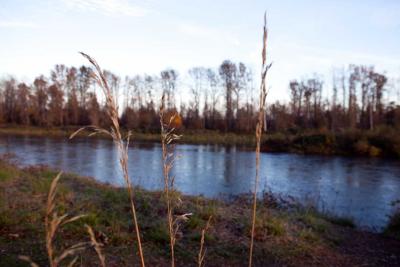Corvallis History
Indigenous History
The land that makes up the Willamette Valley was historically home to the Kalapuya, a diverse group of several distinct Native American tribes. They lived as hunters and gatherers, taking fish and wild game from waterways and forests, and gathering nuts and berries throughout western Oregon.
Locally, Kalapuya people live in Corvallis today, and many are members of the Confederated Tribes of the Grand Ronde. Lane County Community College maintains a thorough overview of Kalapuya culture, lifestyle, and history - please visit their website to learn more about the first residents of Corvallis and Benton County.
American Westward Expansion
The Willamette Valley was the 'Eden' at the end of the Oregon Trail for thousands of Americans who migrated to this region in the mid-19th century. Located at the confluence of the Willamette and Mary's Rivers, Corvallis was described in 1874 as "...an incorporated city and county seat of Benton County, located on the west bank of the Willamette River, on a beautiful plateau one and a half miles wide, entirely above high water." The plateau upon which the city is built extends back to the foothills, until it is lost in the Coast Range of mountains which divides the Willamette Valley from the Pacific Ocean.
The first official claims to land in this area were two 640 acre parcels; one at the junction of the Willamette and Mary's Rivers claimed by Joseph C. Avery in 1845, the other by William F. Dixon in 1846. Originally named Marysville, Corvallis was renamed by Avery in 1853 to avoid confusion with Marysville, California. Avery is credited with coining the town 'Corvallis' a name which he made up by compounding the Latin words for 'heart of the valley'.
In the winter of 1847-1848, J. C. Avery ambitiously chained off 12 acres of land around his cabin for town lots. Known as 'Little Fields', this was the inception of what would become the community of Corvallis.
Corvallis Historical Resources
Since 1976, Historic resources have been inventoried and listed in the Corvallis Register of Historic Landmarks and Districts. Over 300 detailed inventories have been performed, and approximately 148 resources have been listed in the Local Register. A number of these resources have also been placed on the National Register of Historic Places.
The Benton County Historical Museum has a wealth of information about Corvallis, both before and after the arrival of European and American settlers.
